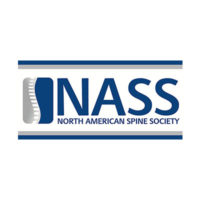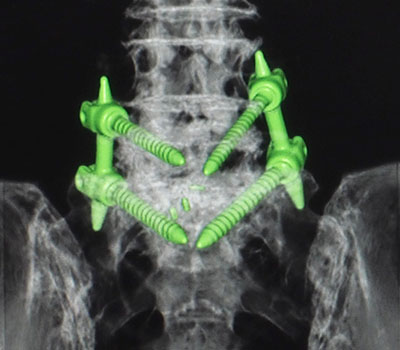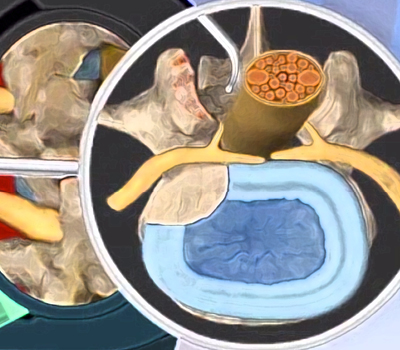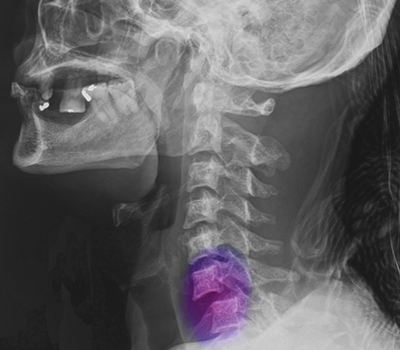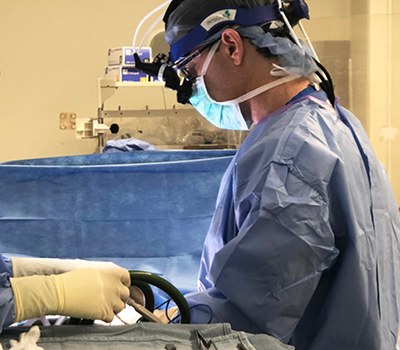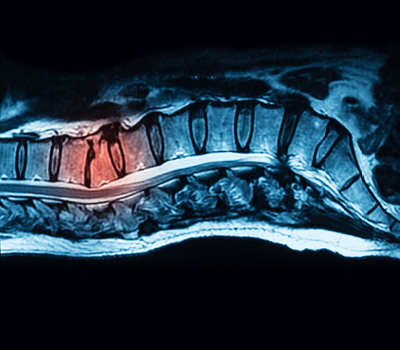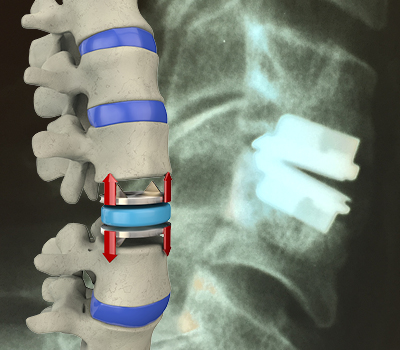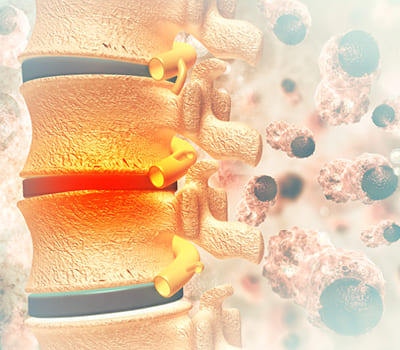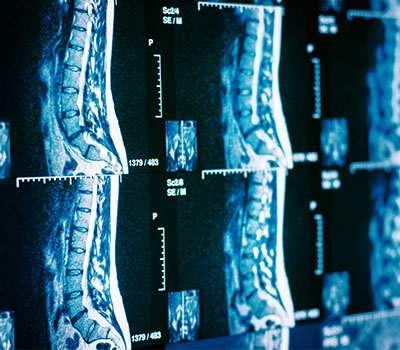Lumbar Laminectomy
LAMINECTOMY
Laminectomy
Q & A
What are the benefits of a laminectomy?
Lumbar laminectomy relieves pressure on the spinal nerves or spinal cord caused by spinal stenosis, a degenerative condition that causes a gradual narrowing of the spinal canal. The goal of this procedure is to relieve leg and back pain for our patients. Symptoms typically occur in the lower back, hips, legs and buttocks. Lumbar laminectomy may also be performed as part of other spinal procedures such as lumbar spinal fusion.
How is a laminectomy surgery performed?
Dr. Giordano and Dr. Nachwalter perform spinal surgery only in highly ranked local hospitals with their dedicated surgical team.
During your surgery you will be lying face down and placed under general anesthesia. Your surgeon will begin the surgery by locating the affected vertebra using a special x-ray machine called a fluoroscope. A small incision is made over the affected part of the spine.
Once the skin is opened, the muscle is then carefully peeled off the bone to provide unobstructed access to the spine and nerves. The muscles are kept open using special delicate retractors.
The surgeon performs the laminectomy by carefully removing the spinous process (the bony protrusion that can be felt along the back) and the lamina (bone) including any excess bony material that may have formed in the vertebral arch. This relieves the pressure on the nerve by giving it more space.
Once complete, the retractor is removed and the area beneath the skin is closed with absorbable stitches. A bandage is then placed over the surgical site.
To see how this surgery is performed, watch our 3D animation.
Laminectomy Procedure
What can be expected after a laminectomy?
Most patients go home the day of their lumbar laminectomy after being monitored for a few hours in a recovery area. You will receive specific recovery instructions from your surgeon. Because our surgeons are involved in spinal treatment from start to finish, you may ask your surgeon questions directly during your post-operative appointments.
Recovery typically takes 1 to 4 weeks depending on your general health and the location of the herniated disc. While some of your symptoms may immediately feel better, others may take a few weeks to resolve.
Atlantic Spine Specialists
SPECIALTIES & CONDITIONS
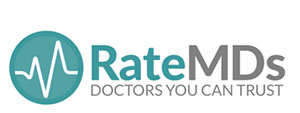 88 Reviews
88 Reviews
 120 Reviews
120 Reviews
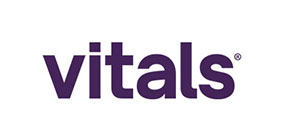 149 Reviews
149 Reviews
 4 Reviews
4 Reviews





